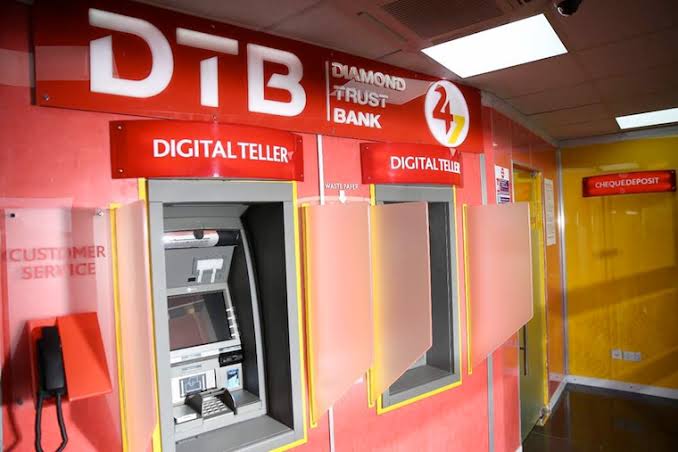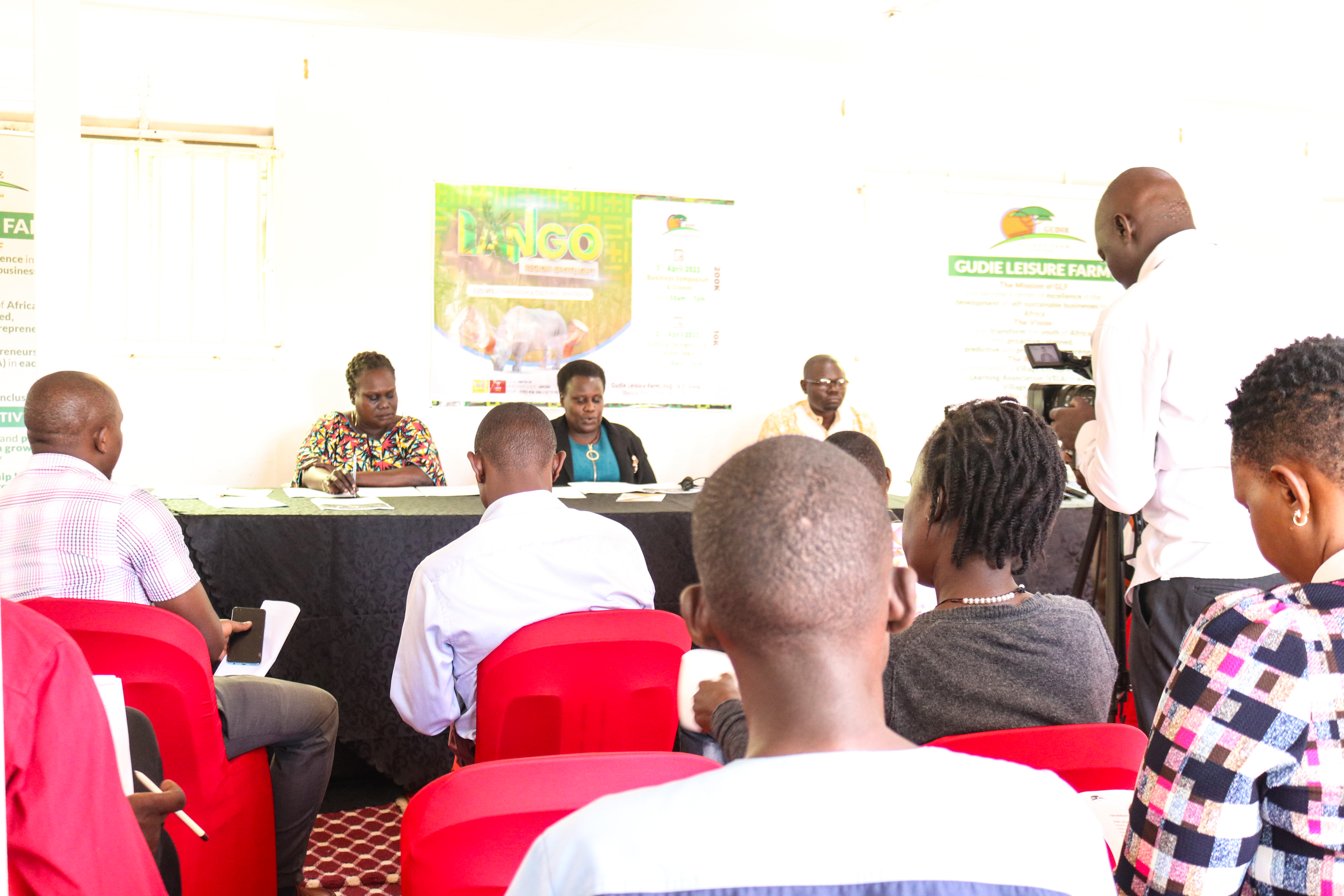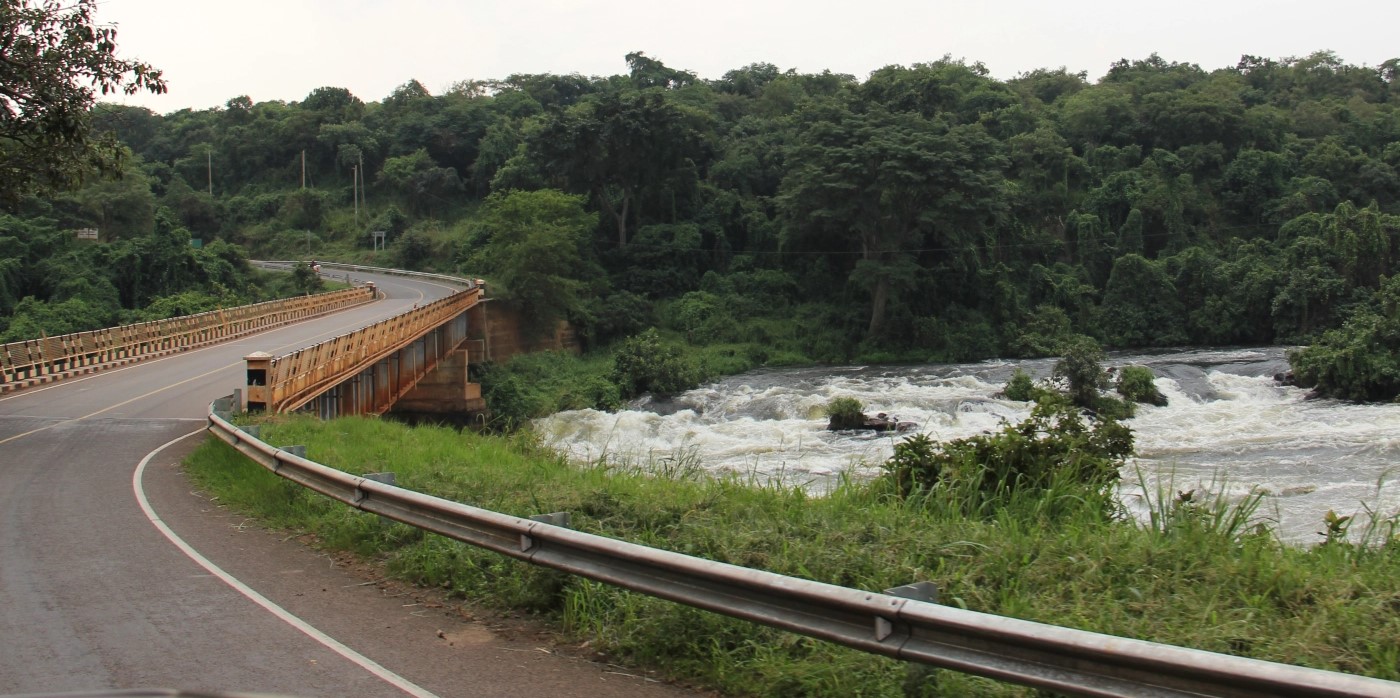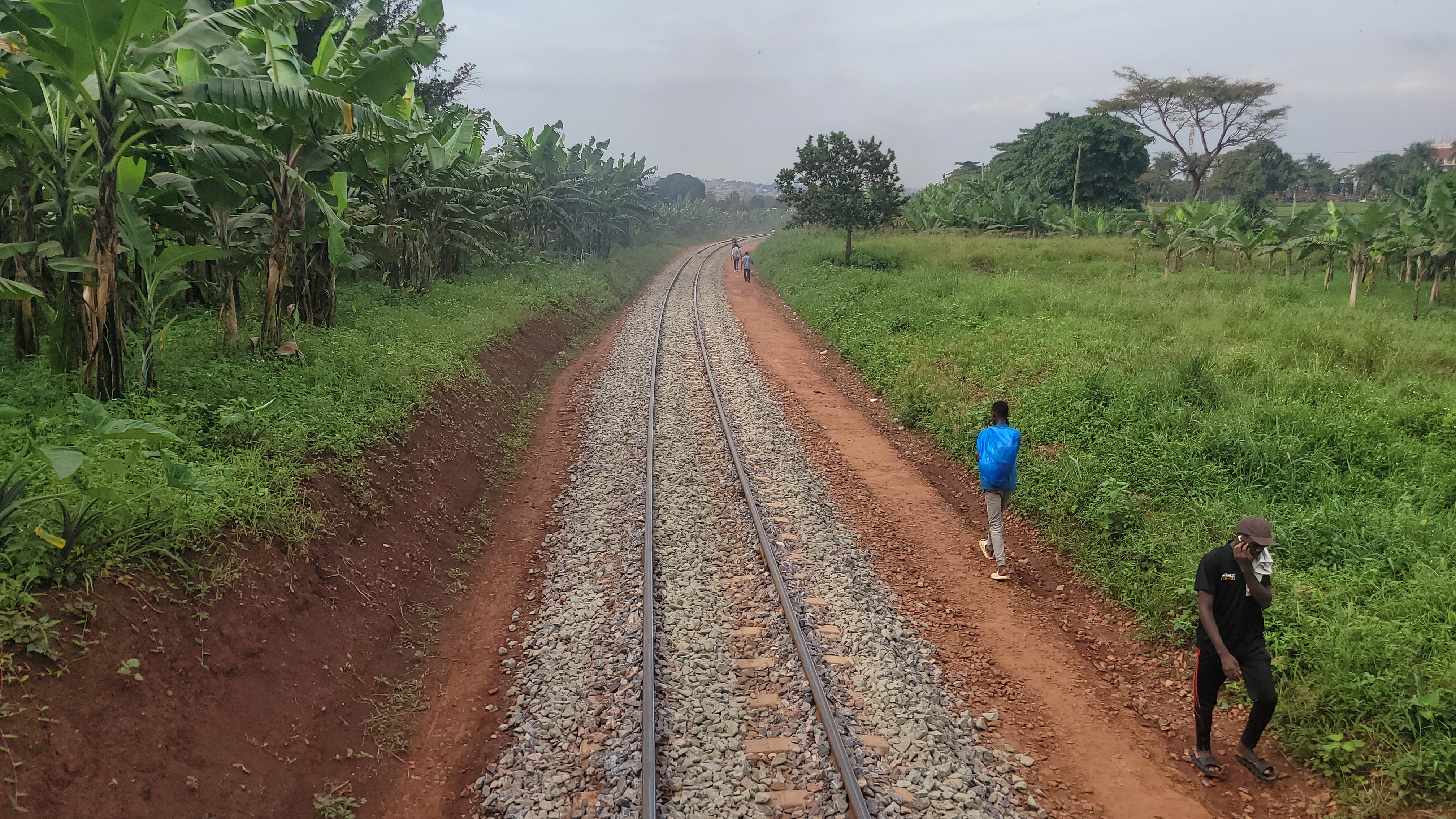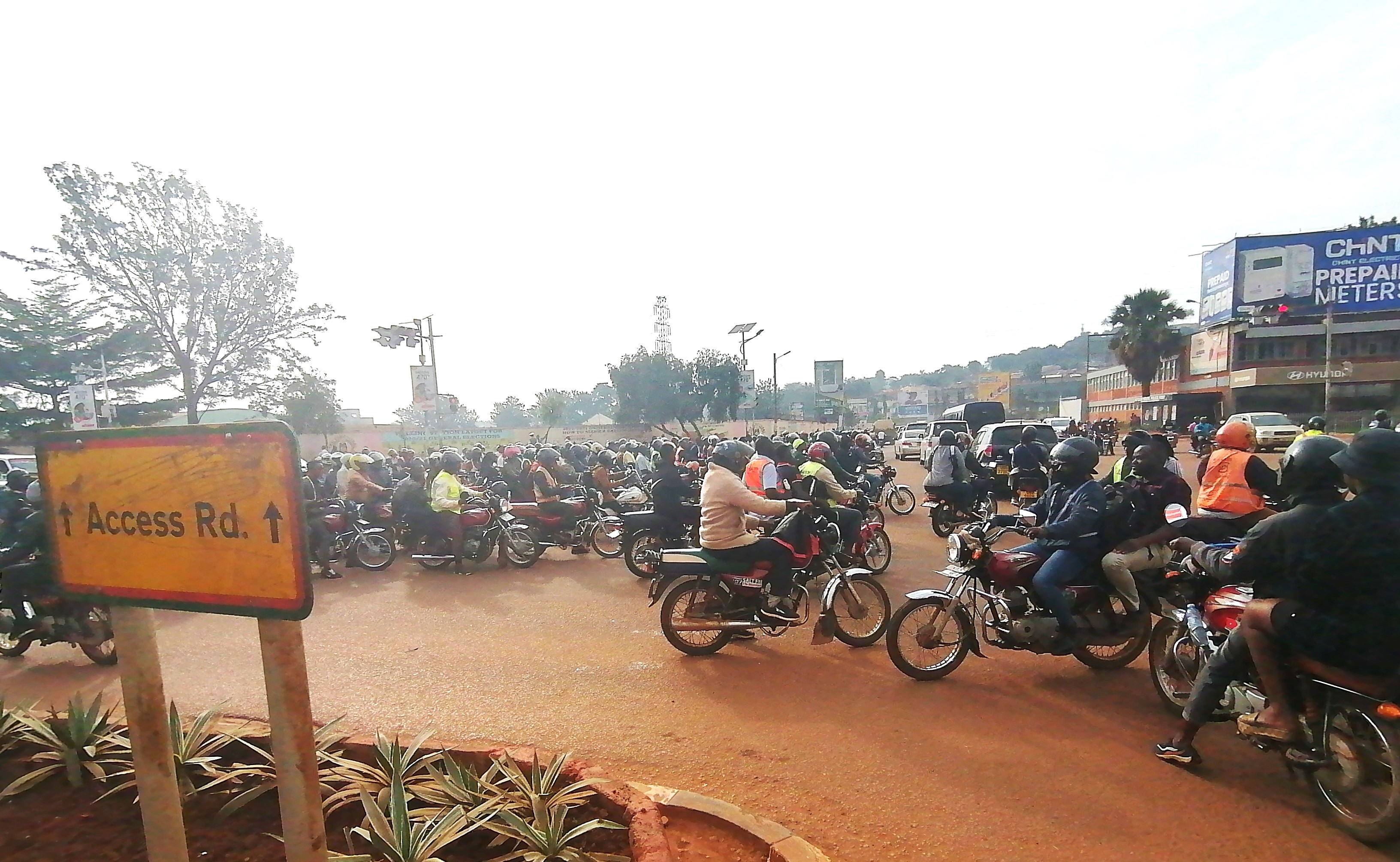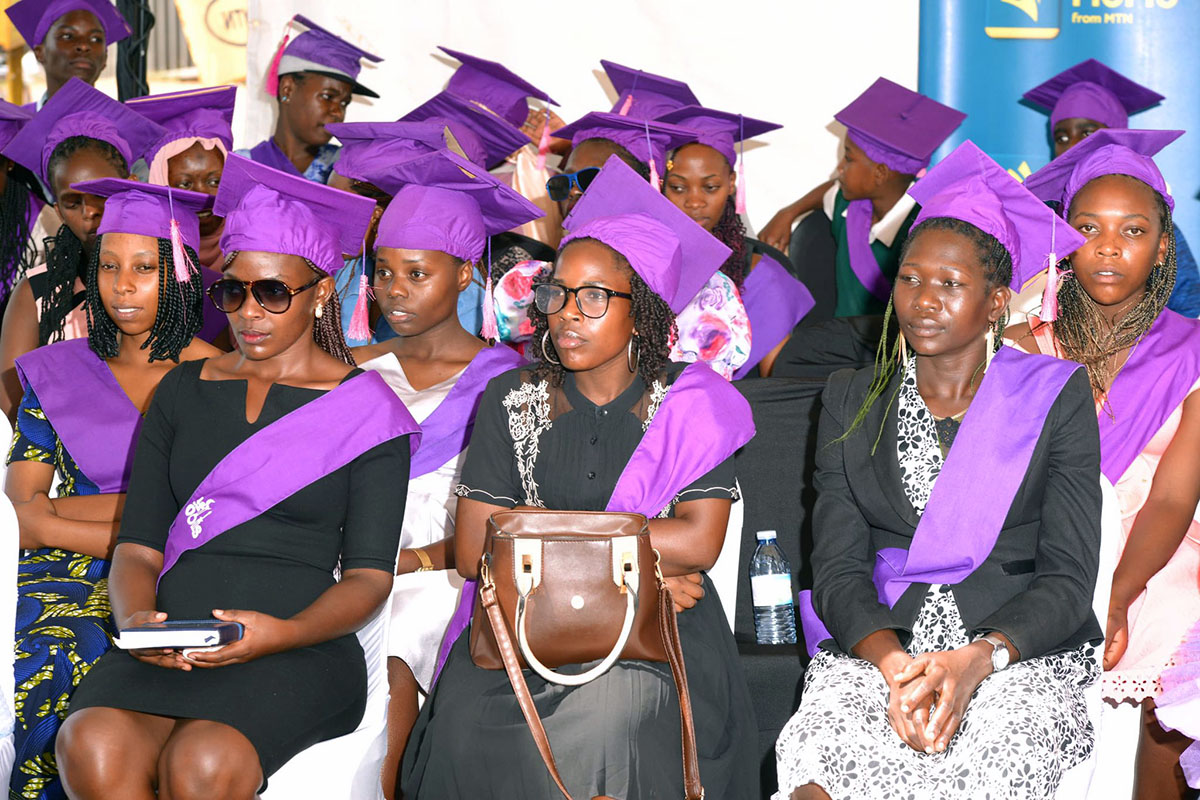Cabinet clears Malaba-Kampala SGR project

A section of the SGR under construction in neighbouring Kenya. The system is expected to be a logistical game-changer between Uganda and Kenya.
The vision of a modern and efficient railway network in East Africa is edging closer to reality as Uganda moves closer to the reality of its own Standard Gauge Railway (SGR) line from Malaba to Kampala.
A document seen by Business Edge indicates that cabinet last week received a comprehensive report from the Ministry of Works and Transport, detailing the progress and future outlook of the SGR project in Uganda. According to the document, this marks a significant milestone under the Northern Corridor Infrastructure Projects (NCIP) protocol - where the SGR project falls - aimed at fostering regional integration and economic growth.
The document signed by the ICT minister, Dr. Chris Baryomunsi, indicates that the country is now closer to the development of the coveted high precision railway line, following Kenya’s and Tanzania’s progress on the same front.
- According to Baryomunsi, the government is closer to procuring Turkish firm Yapi Merkezi to undertake the construction of the 1,724km line from Malaba in eastern Uganda to Kampala, connecting with the Kenyan arm of the line, running from Mombasa to Malaba via Nairobi, Naivasha and Kisumu.
Founded in 1965, Yapı Merkezi, a private company, is recognized for its expertise in handling complex and large-scale railway projects, and it has established a solid reputation in both the Turkish and international construction industries.
The SGR system provides enhanced railway transport performance, safety, and efficiency, making it a popular choice for many new railway projects around the world.
- Compared to the outdated Meter Gauge Railway (MGR) format, the SGR systems can generally support higher speeds due to their wider gauge, which allows for larger, more stable trains, hence faster travel times and increased efficiency in passenger and cargo transport. Also, the broader gauge allows for larger trains and heavier loads, which can accommodate more passengers or freight per train. This is beneficial for handling high volumes of traffic and improving overall capacity and safety.
Kenya has already operationalized its segment from Mombasa Port to the capital Nairobi, extending to Naivasha, and with plans to stretch it further to Kisumu and Malaba already taking good shape, according to Onesimus Kipchumba, Kenya’s cabinet secretary, Ministry of Roads and Transport.
In Uganda, the project is to be executed under an Engineering, Procurement, and Construction (EPC) turnkey contract, coupled with a finance arrangement. “The government would therefore like to assure Ugandans that the SGR project is on track, with construction set to commence once financing arrangements are finalized,” said Baryomunsi.
According to Perez Wamburu, Uganda’s SGR coordinator, over 97% of the right of way is already secured, making the project a good to go, should the final contract be signed at any moment. Wamburu says that the Memorandum of Understanding (MoU) signed last year with Yapi Merkezi is expected to expedite the construction, introduce European standards, and achieve cost savings.
“The SGR will play a crucial role in modernizing Uganda's transport infrastructure, seamlessly integrating with the meter-gauge railway to create an efficient supply and distribution network. This aligns with the broader regional transport initiative, connecting East African cities and suburbs, thereby fostering Uganda's economic growth and regional trade,” he says.
- The Uganda-Kenya SGR project involves the construction of a railway line connecting the Ugandan capital, Kampala, with the Kenyan port city of Mombasa at the Indian Ocean – a distance covering of 1,700 kilometers. Additionally, the project also includes the construction of new railway stations and cargo terminals along the route, to handle both passenger services and freight operations.
- In addition to cost reduction, the SGR will significantly reduce travel time between Uganda and Kenya, boosting trade and economic activities by providing a faster, more reliable transport link to the port of Mombasa.



